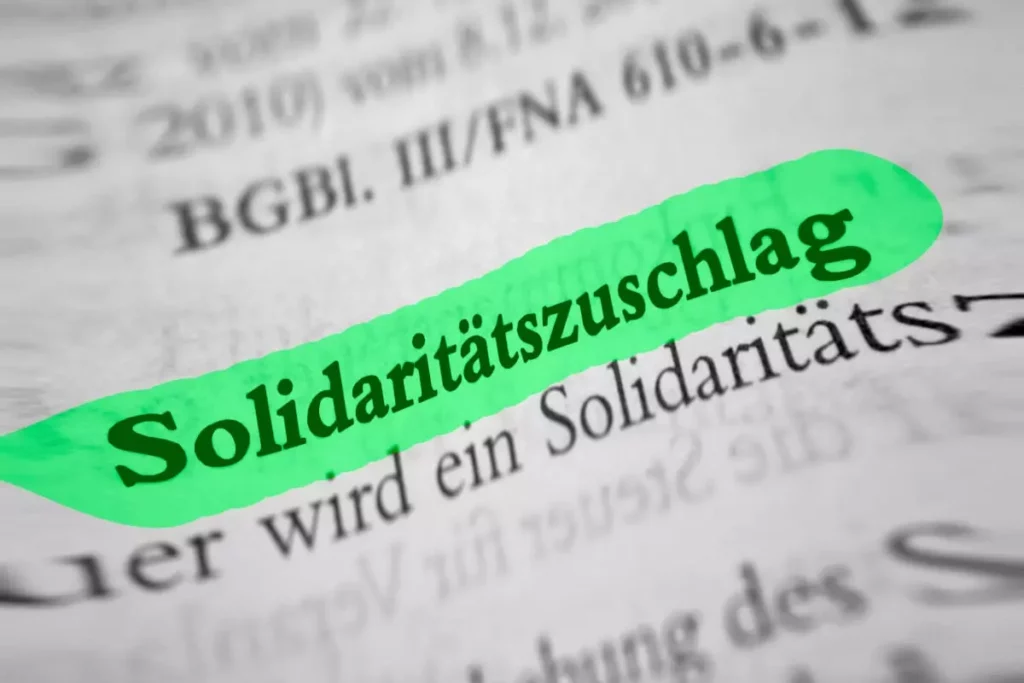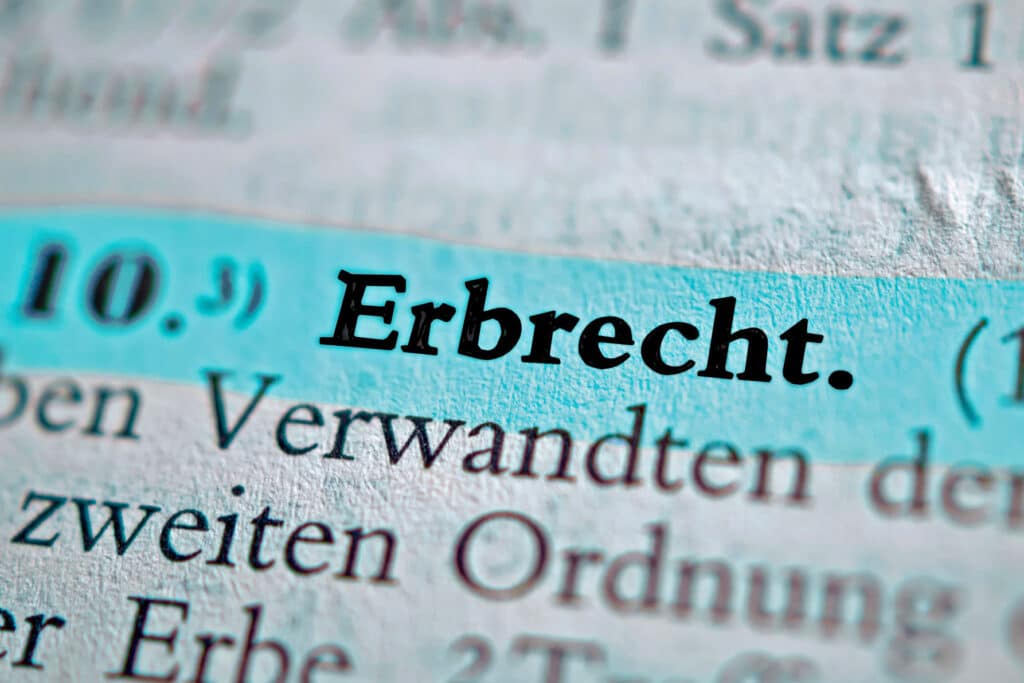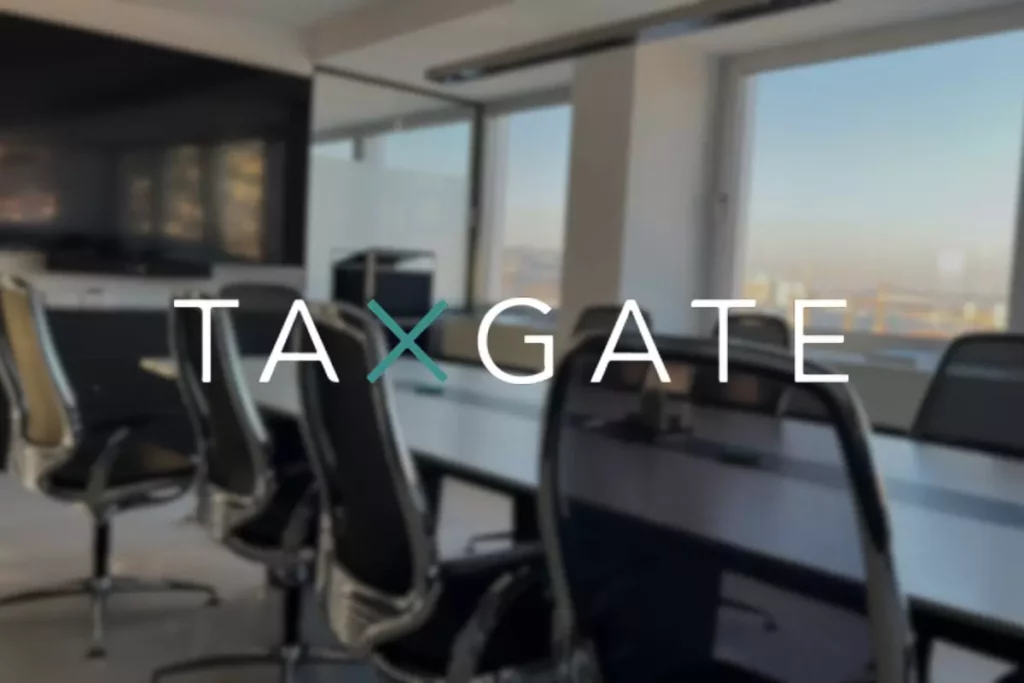A business split is the division of the functions and assets of a legally and economically uniform business into two companies, i.e. a holding company (transfers an asset, e.g. a property for use) and an operating company (requires the property in order to be able to operate economically). The explanation of the business split and its tax implications cannot be found directly in the legal text. The legal institution of a business split is based on judicial law within the framework of a (broad) interpretation of Section 15 EStG and has manifested itself over the years in a large number of judgements.
The prerequisite for a business split is that there must be a clear relationship between the owning and operating companies. a close factual and personal interdependence must exist (established case law since BFH GrS 2/71 of 8.11.71, BStBl II 71, 63; more recently, e.g. BFH X R 45/09 of 23.3.11, BStBl II 11, 778; summarising OFD Frankfurt am Main of 24.11.2009).
The Material interdependence requires that assets that form part of the essential foundations of the business remain with the owning company and are transferred to the operating company on a rental or lease basis.
Characteristic for the Personnel integration of two legally independent companies is that the persons or groups of persons behind both companies exercise a uniform business intention which is directed towards a commercially uniform commercial activity; in principle, the majority of voting rights is decisive.
Simplified example:
The natural persons A holds a 60% share in AB-GbR and B holds a 40% share. AB-GbR acts purely as an asset manager and leases a property to A-GmbH. A-GmbH needs this property in order to produce. A holds an interest of 100% in A-GmbH.
In this case, the requirements for a business split are fully met: On the one hand, an essential operating basis in the form of the property is transferred (material interdependence) and on the other hand, A holds a majority interest in AB-GbR and A-GmbH (personal interdependence).
If the factual and personal interdependencies of the business split exist, this leads to a reclassification of the asset management income as commercial income (the property is therefore a necessary business asset of the AB-GbR). This can lead to the unintentional creation and dissolution of business splits (with the realisation of hidden reserves) as soon as the conditions are met or no longer exist. High tax burdens can arise in particular in the context of reorganisations, the conclusion or termination of rental and lease agreements and in the context of inheritances or anticipated successions. In practice, these insidious legal consequences are still sometimes overlooked or suitable precautions are often not taken to avoid unwanted tax burdens without a corresponding increase in liquidity.
In the example case, this would mean at the level of the AB-GbR that the income from letting and leasing in accordance with Section 21 EStG would be reclassified as commercial income in accordance with Section 15 EStG and therefore also represent the assessment basis for trade tax (GewSt); this legal consequence is generally acceptable due to the offsetting of GewSt against ESt. On the other hand, less attention is paid to the simultaneous transfer of the GmbH shares to the business assets, which may be tax-neutral. However, if one of the conditions of the business split no longer applies at a later date, the GmbH share is deemed to have been withdrawn at partial value. This is an extremely unpleasant legal consequence ("dry income tax") if the company value has increased; such unintended burdens can also arise in the case of indirect shareholdings and holding structures.
Please note Furthermore, in the case of the existence of a business split all income received via third parties is "infected" and also constitutes commercial income (colouring in accordance with Section 15 para. 3 no. 1 half-sentence 1 EStG). The BFH has now dealt with this paragraph in more detail in its recent case law (BFH judgement of 12.04.2018 - IV R 5/15). The key points of the judgement are set out below:
In the underlying facts of the above judgement, B and S are equal shareholders of BS-GbR and BS-GmbH, each holding 50%. BS-GbR owns two plots of land and provides office space (approx. 6% of the total area) free of charge to BS GmbH (which carries out its commercial activities on the premises). The remaining rooms are let to third parties.
The tax office and the Münster tax court came to the conclusion that there was a business split, meaning that the entire properties (including the properties leased to third parties) constituted business assets at BS-GbR. Consequently, there was exclusively commercial income.
However, the BFH states in its judgement that negative income from a commercial activity does not lead to the reclassification of a GbR's income from asset management. In the present case, the BS-GbR has none positive income from commercial activities, as it has provided the premises to BS GmbH free of charge. A deduction of the other income in accordance with Section 15 para. 3 no. 1 half-sentence 1 EStG is therefore out of the question. On the basis of this case law, only positive commercial income can lead to a colouring off of a GbR's asset management income.
In practice, based on the judgement, a reduction in lease income and a waiver of profit distributions by the operating limited liability company the chance The aim is to avoid a colouring to the asset management area, insofar as negative commercial income is generated from the business split.
However, there is the risk in an existing business division case, that a reduction in the lease may result in negative tax effects due to the realisation of hidden reserves. If there are assets in the total assets of the Besitz-GbR that, viewed in isolation, do not lead to commercial income and were only allocated to the total assets in previous years on the basis of the colouration theory, compulsory withdrawals may result for this part of the assets if the requirements of the BFH ruling are relevant.
In the case of a permanent transfer of business assets free of charge, i.e. in permanent loss situations, the question of a business split and/or tax loss carry-forward does not arise. However, it is unclear if positive income is generated from the transfer in one year and negative income in the other (e.g. in the case of renovation or modernisation measures). In such cases, from an assessment-related perspective, there may be a business split in one year and none in the loss-making year. This can lead to major tax effects and declaration requirements for the taxpayer, as the assets would be business assets in one year and private assets in the next.
The new BFH judgement may reveal a great deal of room for manoeuvre, but may also result in negative tax effects. As a result, the measures that should be taken to avoid unwanted tax effects must be carefully examined on a case-by-case basis.
Yours TAXGATE Team will be happy to answer any questions you may have about structuring.
Patrick Bubeck is a tax consultant and partner at TAXGATE, a law firm specialising in transactions, investments and tax compliance.








